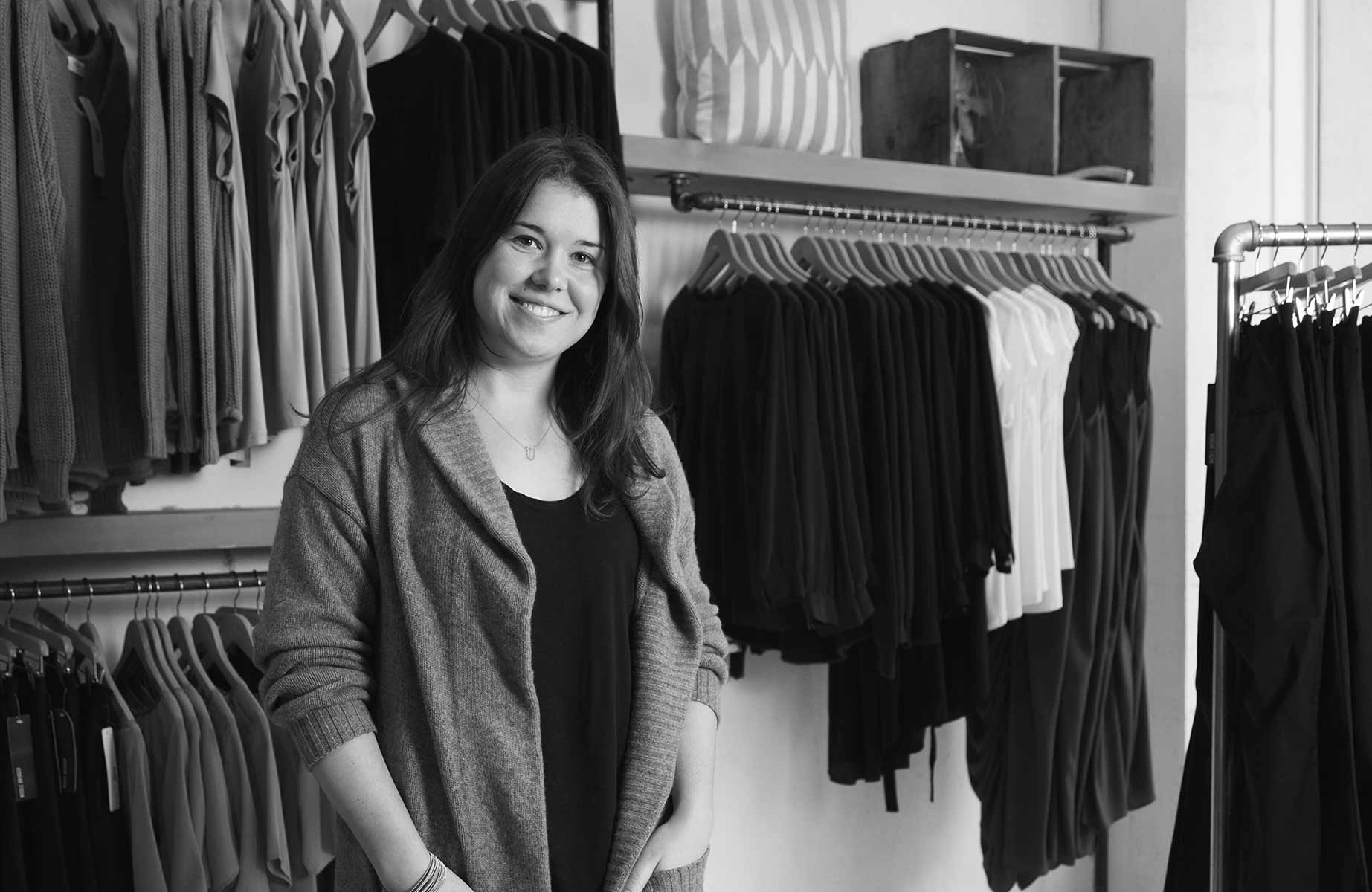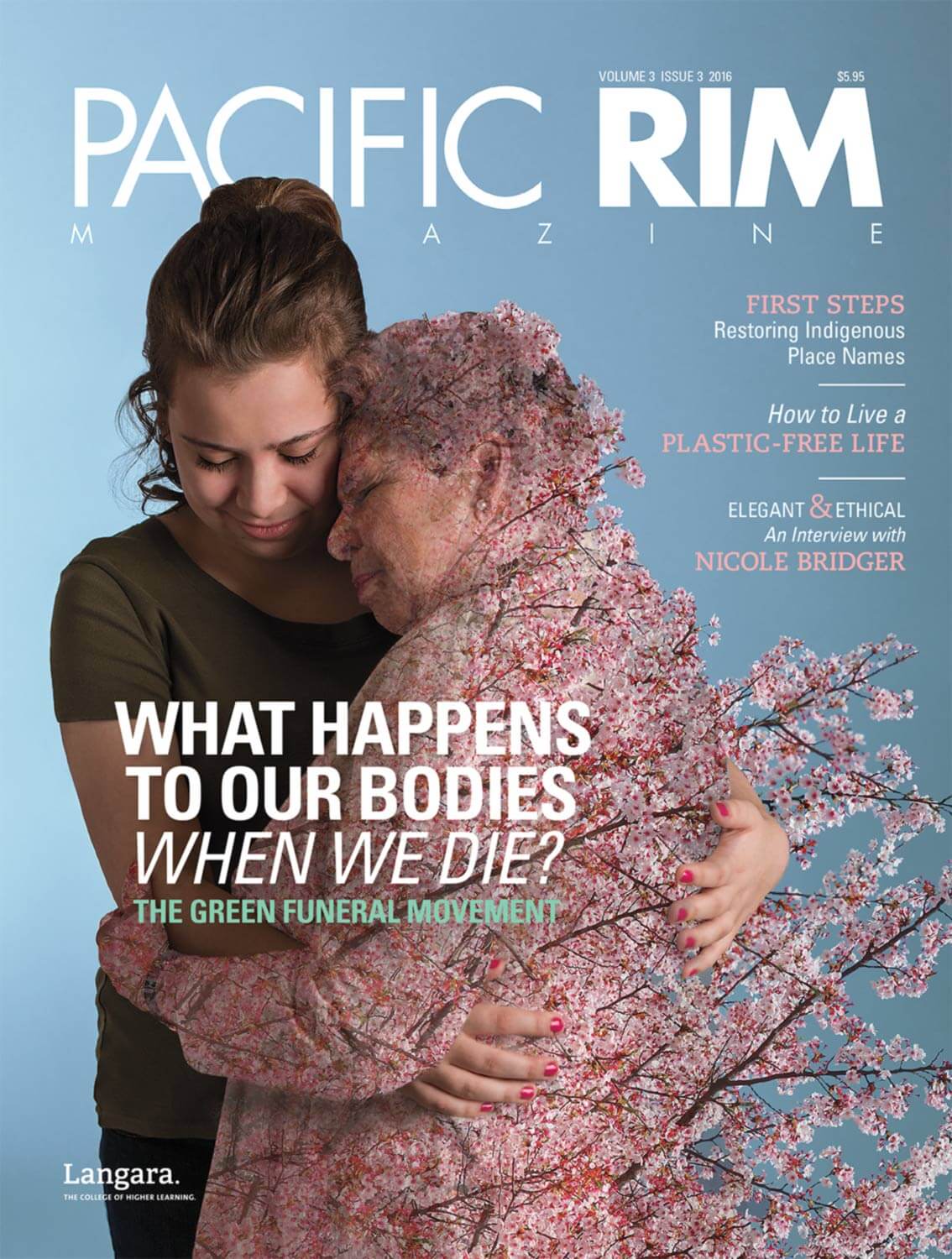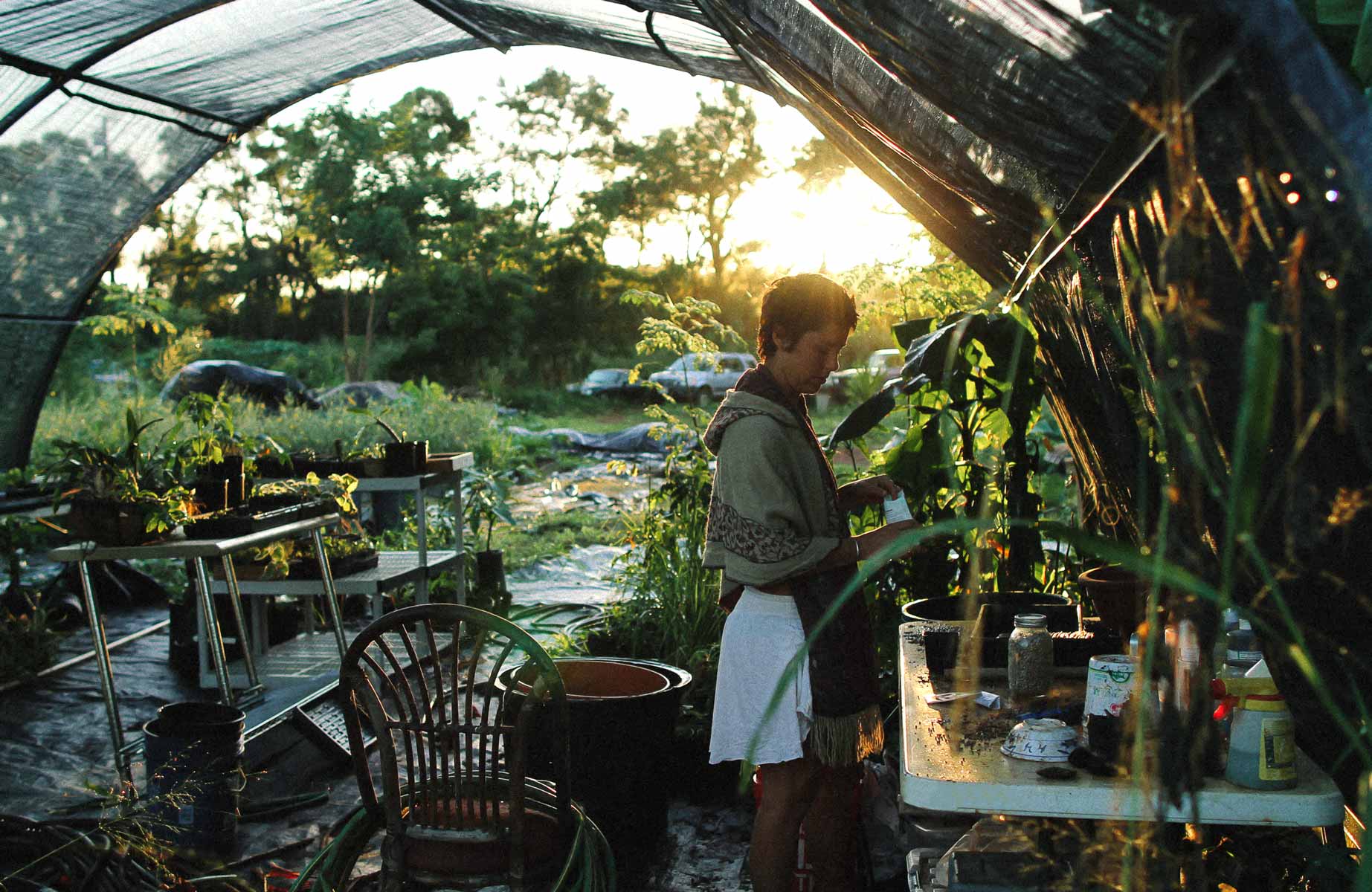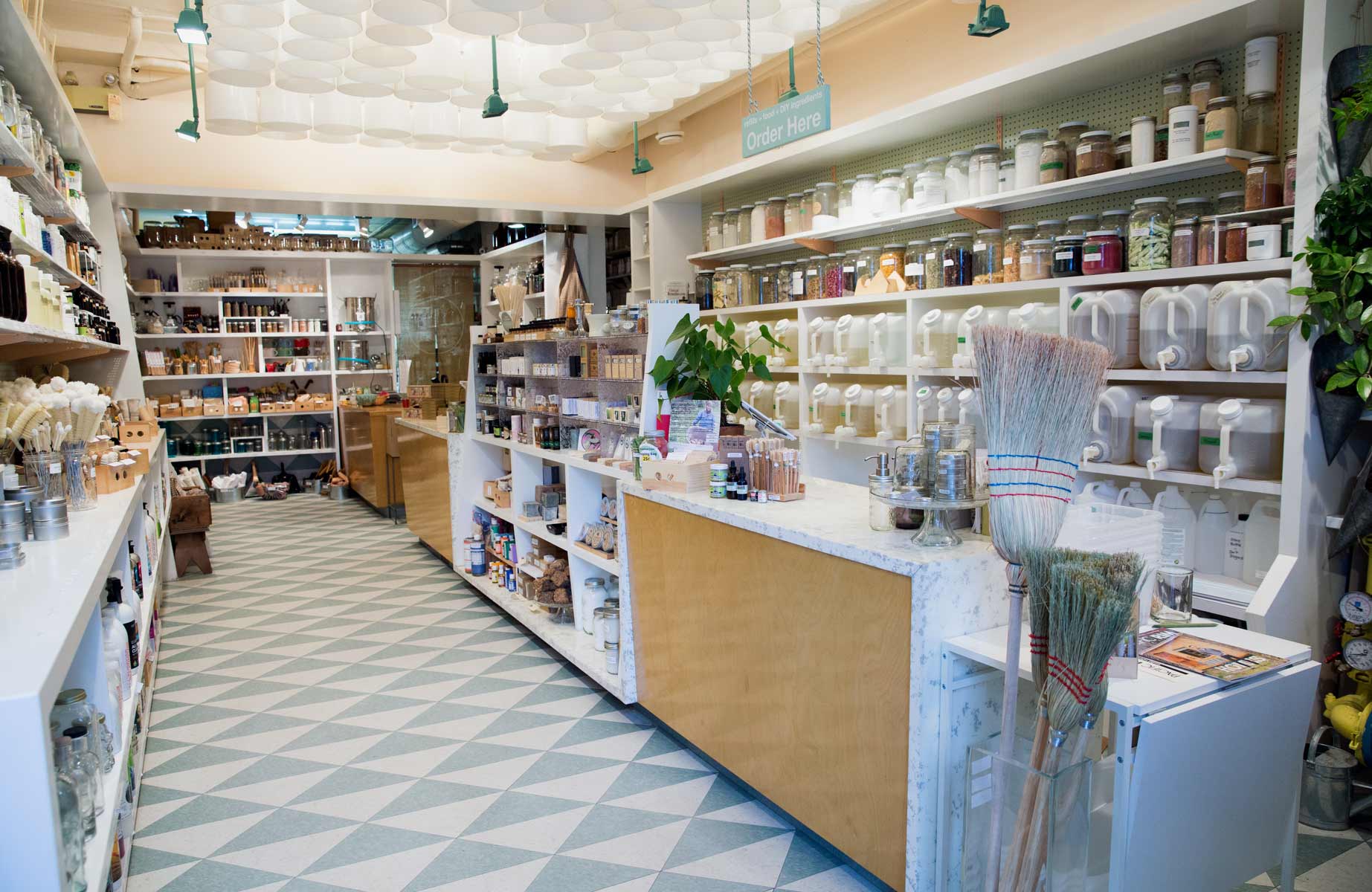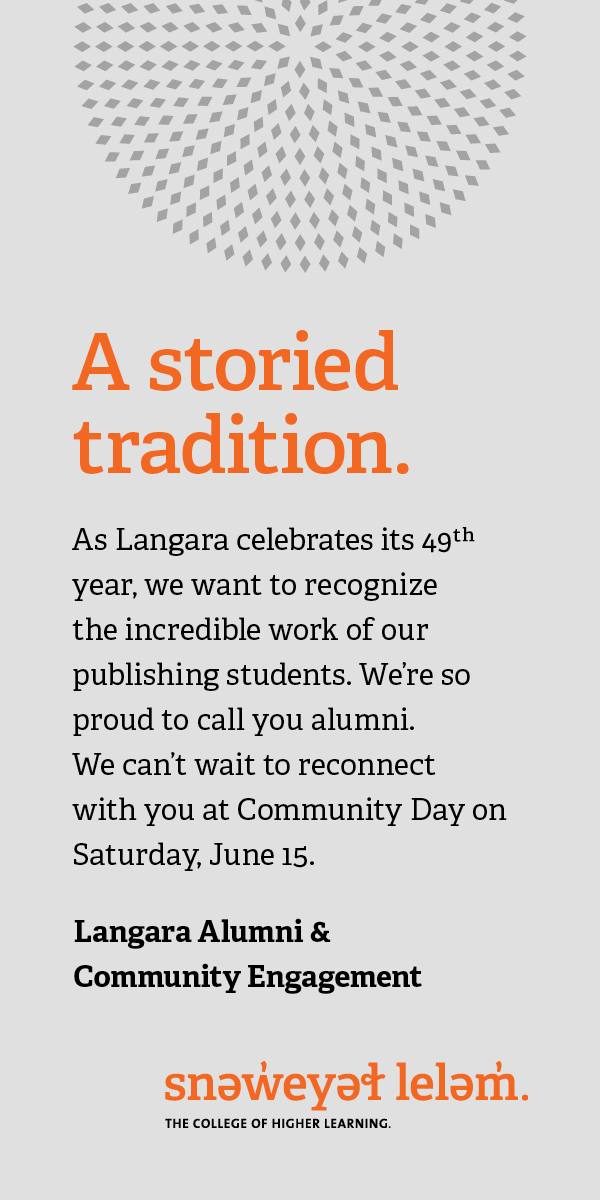Traditionally, clothing takes six months to a year to move from design to market. This means retailers work on increments of two seasons a year: spring/summer and fall/winter, and purchase a vast majority of their collections a year in advance. While there are still clothing companies that operate this way, fast fashion brands have disrupted this model, reducing the design to market process time to as little as two weeks. Fast fashion leads to overconsumption of poor quality garments, blinding consumers with low prices that mask how garments are actually made.
Eco-conscious Fashion Designer Nicole Bridger spoke about the problem of fast fashion in February 2015 at a Creative Mornings event in Vancouver. “We as a society have been really spoiled with cheap clothes,” said Bridger, arguing that cheap clothing is actually, “really expensive because it is destroying the planet.”
Bridger began sewing when she was 13-years-old, and opened her first clothing store in Kitsilano in 2011. Bridger and I recently sat down to talk about her label and what steps she is taking to be an ethical clothing designer. “I [have always] had this element of wanting to do something good for the planet,” she explains. “It wasn’t until I was in the industry and started to see really how bad everything is that I started to be able to see the change that needed to happen.”
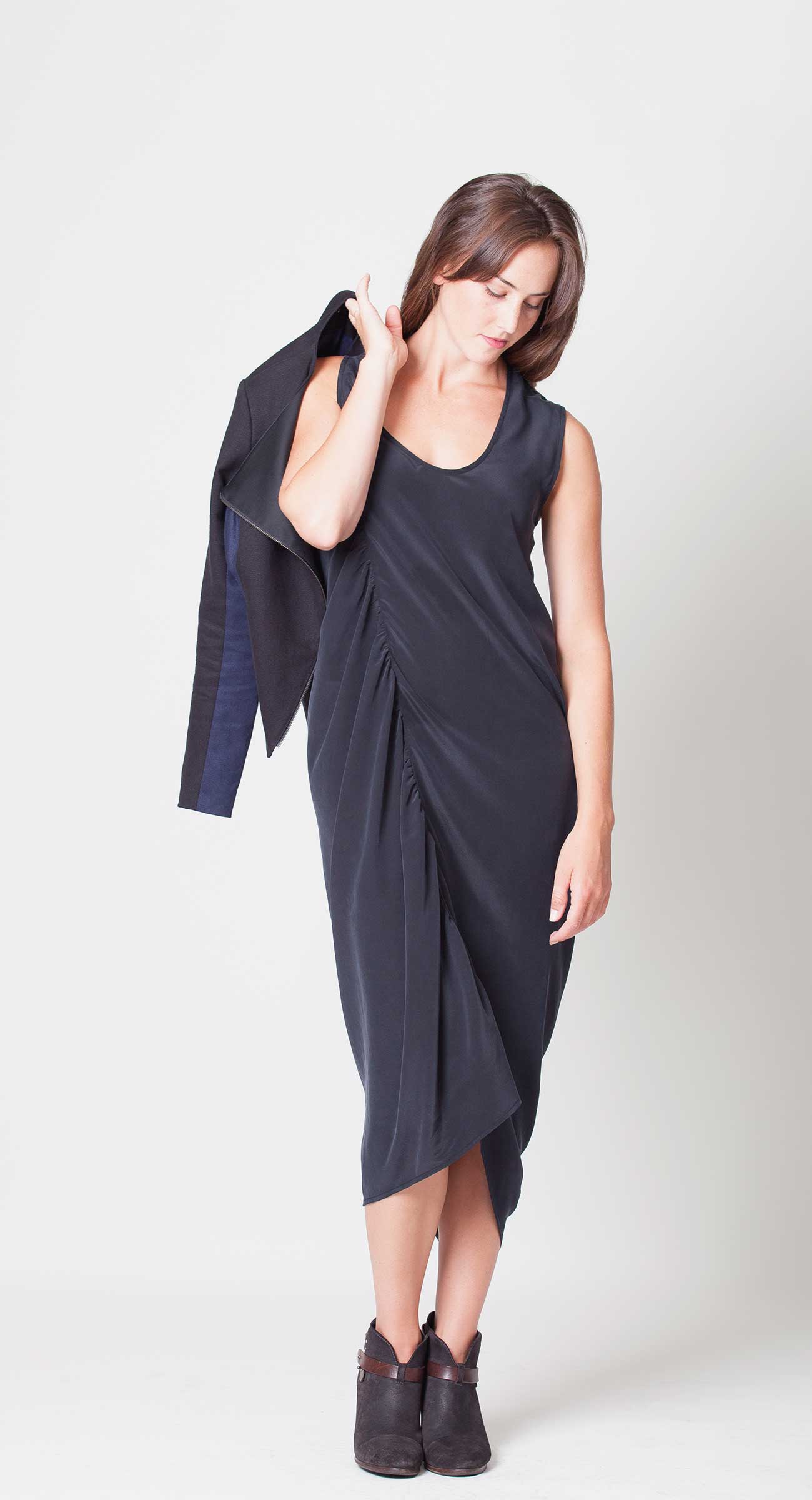
Q&A with Nicole Bridger
How would you describe your label in a few words?
Elegant, timeless, ethical, feminine, and well made. I think it’s fun, but it should be fun and mindful.
Eco fashion is an alternative to the standard fashion industry and typically reflects a Bohemian style with flowing fabrics. But your brand doesn’t follow this norm. Would you say you’re an alternative to the alternative?
I don’t even like the term eco fashion. I make clothes that I like the aesthetic of, that I think a modern woman wants in her closet. And then the eco side of it is just how I believe business should be done.
Why is fast fashion a problem?
To put it to scale, the textile industry is actually the second worst industry in the world for toxic waste—it’s huge. It’s a major problem, and it’s not just in the processing of the fabrics, the CO2 emissions, and the toxic dumping, but also the textiles in the landfills. And we’re all wearing clothes; we’re all contributing to this.
You had your own clothing factory in Vancouver for three years, but recently closed that factory. Have you found it difficult to consistently use ethically sourced fabrics and local factories to produce your clothes?
Getting answers about how stuff is made isn’t easy… Local does not necessarily mean it’s ethical… [By no longer owning a factory], I’m freed up to start looking at ethical factories in developing countries, which I really want to do and have been wanting to do for years. The dollar that you use can go so much further if it’s done in a way that is actually mindful and helping the communities. I’m going down to Peru, and I’m starting to visit those factories to make some connections and relationships.
Textiles are so different from food. You can grow and compost food in your backyard. I can’t even find fabrics that are made in Canada. I can cut and sew it here, but all of our fabrics come from other countries and get shipped all around the world… Trying to figure out the supply chain is definitely the hardest part.
Why is transparency such an important part of your brand?
I think it’s the way all businesses should be… Good design brings into mind the entire life cycle of the product that you’re making. And you as a company should be responsible for whatever it is you are producing. I think it is a company’s responsibility to also be completely tran-sparent with the consumer about how things are made.
What can consumers do to help curb their consumption of fast fashion?
Take a look at your closet and clear out stuff you no longer need, and start to build a core closet of core pieces… And don’t buy out of emotional reasons. I mean you still want to have fun when you’re buying stuff, but instead of just buying for no reason and because it’s cheap… buy from companies whose values you believe in, but [whose clothing] is also really well made so that you will have it for years. And if there are pieces that you want to get rid of, donate! Or consign; don’t put anything in the garbage. Or have a clothing swap party. And second hand is also a good way to find some pieces.
Nicole Bridger’s flagship store is located in Gastown at 14 Water Street.





